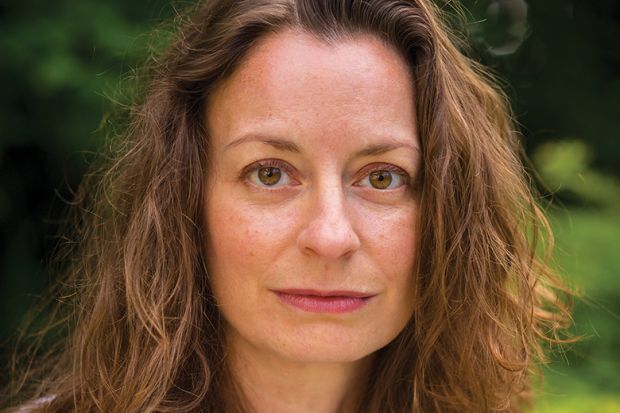What sorts of books inspired you as a child?
I devoured fiction and non-fiction alike, thanks to the public library. I wish I knew the title and author of a Marie Antoinette biography, written for children, which I checked out many times. It made history feel alive – and something that girls were part of, too. I also loved Little Women (Jo, of course) and Frances Hodgson Burnett’s A Little Princess, long before I knew anything about the British Empire.
Which book first attracted you to ancient Egypt and Tutankhamun?
In Treasured, I talk about one of them: a 1970s Reader’s Digest volume called The Last Two Million Years. I can still smell the glue and feel the pages. Our family copy was lost in a house fire, but my mother and brother gifted me a second-hand copy many years later.
What accounts, celebratory or more critical, can you recommend about Howard Carter and the “heroic” age of archaeology?
Elliott Colla’s Conflicted Antiquities: Egyptology, Egyptomania, Egyptian Modernity opened my eyes. Why hadn’t I learned anything about the political context of the Tutankhamun excavation in my Egyptology training – including Howard Carter’s failed legal case against the Egyptian government, which saw his British lawyer characterise Egyptians as thieves? I wouldn’t necessarily recommend celebratory accounts of colonial-era archaeology, but C. W. Ceram’s Gods, Graves and Scholars: The Story of Archaeology was an astonishing success. Ceram was the pen name of Kurt Wilhelm Marek, a member of the Wehrmacht’s propaganda corps during the Second World War who later settled in the US.
Where can one find good accounts of the wider phenomenon of “Egyptomania” in art since the time of Napoleon?
Books on “Egyptomania” tend to divorce interest in ancient Egypt from wider sociopolitical contexts. Scott Trafton’s Egypt Land: Race and Nineteenth-Century American Egyptomania is fantastic – and can I plug my own book Egypt, in Reaktion’s Lost Civilizations series, which is aimed at a general audience? For Napoleon’s expedition to Egypt, try Juan Cole’s Napoleon’s Egypt: Invading the Middle East – the title says it all – and Nina Burleigh’s Mirage: Napoleon’s Scientists and the Unveiling of Egypt, which is an engaging read.
What is the last book you gave as a gift, and to whom?
My Durham history colleague Rebecca Clifford’s Survivors: Children’s Lives after the Holocaust, shortlisted for the Wolfson History and Cundill History prizes – to someone important to me.
What books do you have on your desk waiting to be read?
I’m in the middle of Michael Rothberg’s The Implicated Subject: Beyond Victims and Perpetrators. Next up are Shawn Michelle Smith’s Photographic Returns: Racial Justice and the Time of Photography and Omnia el-Shakry’s The Arabic Freud: Psychoanalysis and Islam in Modern Egypt. On my nightstand, for Italian practice, is Serena Dandini’s La vasca del Führer (or The Führer’s Bathtub), a novel about the photographer Lee Miller.
Christina Riggs is professor of the history of visual culture at Durham University. Her latest book is Treasured: How Tutankhamun Shaped a Century (Atlantic).
POSTSCRIPT:
Print headline: Shelf life: Christina Riggs
Register to continue
Why register?
- Registration is free and only takes a moment
- Once registered, you can read 3 articles a month
- Sign up for our newsletter
Subscribe
Or subscribe for unlimited access to:
- Unlimited access to news, views, insights & reviews
- Digital editions
- Digital access to THE’s university and college rankings analysis
Already registered or a current subscriber? Login








